What do I know about marketing, I’m just the IT Guy? I worked supporting marketing initiatives my whole life. From my first job to my last, marketing has sustained me indirectly. As the IT Guy, I came around and fixed your computer problems. These computer issues could be as simple as a marketing presentation in PowerPoint or as complex as a full design system using graphic software and printing to a Heidelberg.
Axiom Design system was my first job where I was professionally exposed to Marketing. At Axiom, we received electronic files from companies that couldn’t afford the industrial equipment to print finished work. Some of these printers were big negative developers, that could handle things like film negatives. They came in two sizes 36” and 18”. These machines printed as a negative or a positive for black and white, pantone or Hex Color printing. Magazines, newspapers, or any printing company could use these negatives to print their advertising. They could send their material to a printing press and soon their ad would be displayed to their target audience.
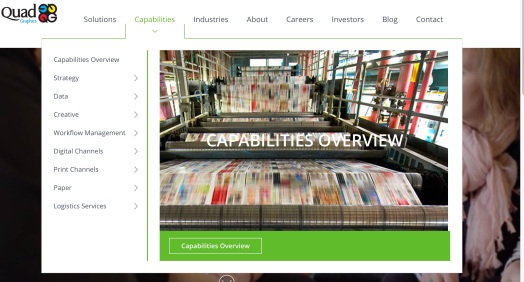
The ultimate form of this kind of high tech marketing for companies is the use of something like QuadGraphic. This company allows you to design your work on your laptop or computer and then upload your files to QuadGraphic. QuadGraphics has multiple plants to print your marketing materials, books or magazines and you can have them delivered to your customers. They will take care of all the work. They have a full in-house service that will enhance any marketing strategy. By the way, there is a plant in Saratoga Springs, NY.
After Axiom I worked for YAR Communications. YAR specialized in Brand Marketing in every language except English. At YAR Communications, I supported 136 different languages. I built computers that supported these languages. We had a complete language department a creative department and a print department. At this point in my career I switched from printing to computer support. I worked supporting the company’s marketing strategies by using technology. You need a specific font in Japanese, Korean, or Hindu. I bought it, installed it and ensured it printed to our printers. You need software to work in Arabic or Hebrew; sure I did that. You need to find out why the character for “help” in Traditional Chinese is not correct and it displays as “fool” instead. Yes, I fixed that too. After some time, I travelled with the owner of the company and the sales staff as they pitched their marketing strategies to prospective clients. Yes, I supported that too. Apple, Gillette, Citibank, GM, Ford, Hanover Bank, these were our target companies and we pitched Brand marketing for the US market all except English. Multi-language marketing launches, fun stuff. I remember supporting L.L.Bean’s expansion to the Japanese’s market. L.L.Bean would send over a copy of their catalog and images and we did the rest. I learned a tremendous amount about marketing during this time.

After YAR Communications, I went to work for a media company. I worked at Viacom, Inc. I basically did the same work as my previous jobs however this time English was the language. The target market were all markets and the target audience was 2 to 65 years old. Viacom owns and manages: MTV, VH1, Spike, BET, CMT, TV Land, Nickelodeon, Logo, Comedy Central and many more. I supported all of these channels. If you created content on an Apple computer, I bought it and supported it – all levels of support, from a simple phone call, to a desk-side visit. I had around 4 million USD operating/capital budget to address Viacom’s needs. I had over 6000 customers that needed a working computer and my team fielded your concerns. All Apple computers in the United States were under my direction, if you worked at Viacom.
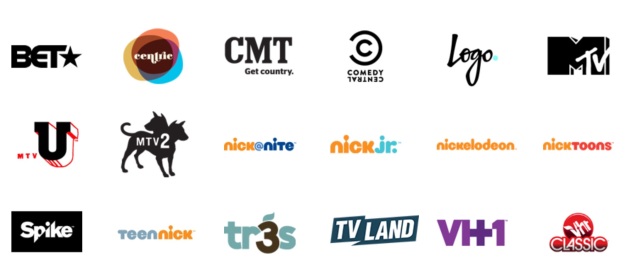
And finally, RedCats USA, (which would become OSP Group, and later FullBeauty brands) I managed their eCommerence operations. I supported 16 different fashion websites. My biggest brands were LaRedoute.Fr, WomanWithin, Romans, KingSizeDirect, BrylaneHome and JessicaLondon to name a few. LaRedoute.Fr was the largest. We processed over a 1000 orders per hour with no physical stores. You can compare LaRedoute to Sears. The other websites were plus size fashion websites. I worked with companies like Certona, Merchant and PowerReviews to enhance the websites. Certona specializes in product recommendation on the product detail pages. We recommend these product based on your personalization and what we wanted to push to you. While there we worked with Merchant, which is a vendor that specializes in distributing products to third party vendors, such as Google, Bing, and online newspapers or anyone else. You will see our product on their webpages as a teaser. Additionally we used PowerReviews, which specializes in product ratings. They receive all the ratings from our websites and we display their content.
As you can see my whole life has been in support of marketing strategies, but what do I know – I’m just the IT GUY.






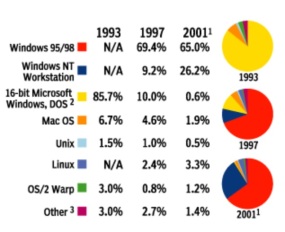
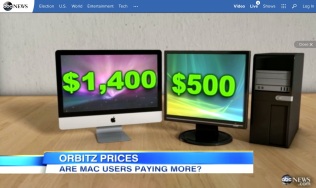 contemplative analytical mind juggled supporting a GM or a BM (Amir). Just based on price alone the Macs were more expensive than PCs. Today, it is still a premium product for it’s price. For me working with friendlier and happier people was the obvious choice. However, what does this choice say about me and about the people I want to surround myself with?
contemplative analytical mind juggled supporting a GM or a BM (Amir). Just based on price alone the Macs were more expensive than PCs. Today, it is still a premium product for it’s price. For me working with friendlier and happier people was the obvious choice. However, what does this choice say about me and about the people I want to surround myself with?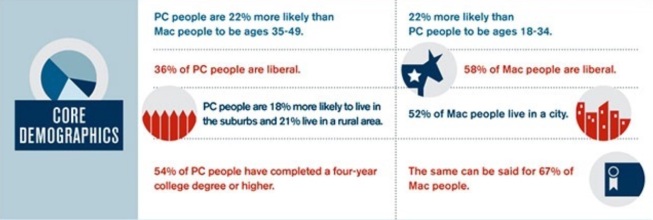

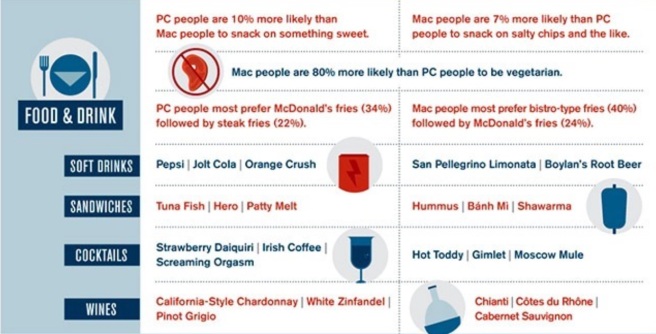
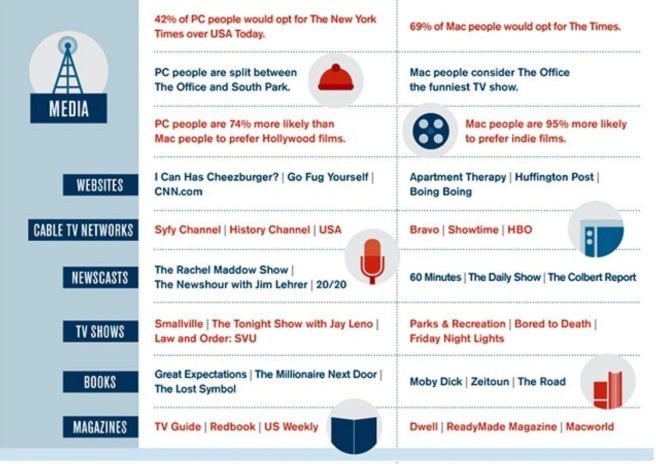
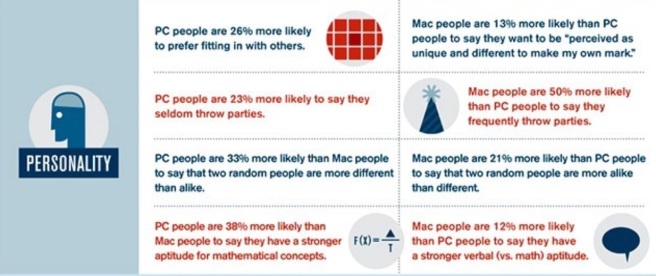
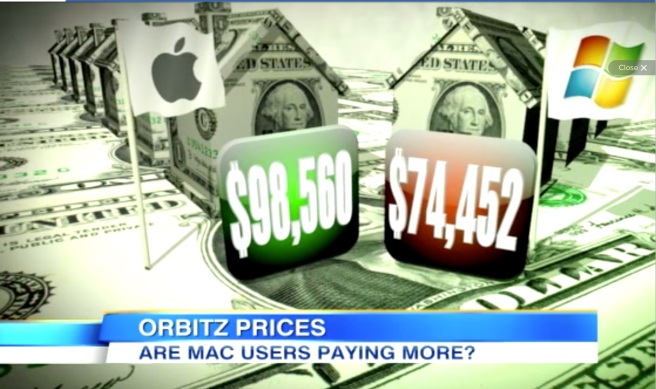

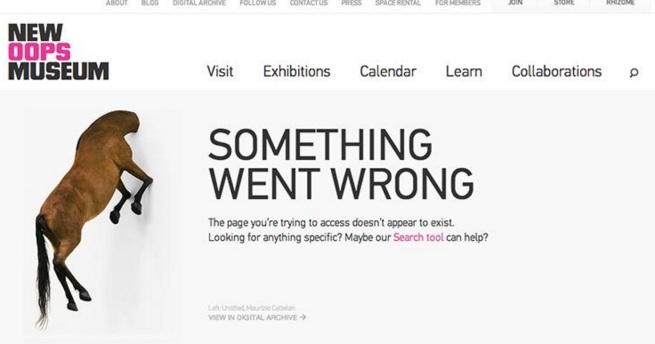
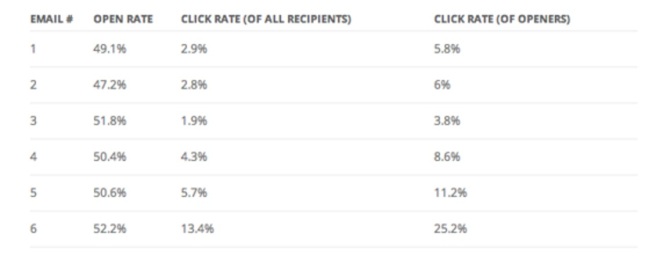 Organizations are under pressure to increase eyeballs on their website to entice prospective buyers. Marketing is key to attracting these customers. Marketers now have the morning sale, the afternoon and evening sales.
Organizations are under pressure to increase eyeballs on their website to entice prospective buyers. Marketing is key to attracting these customers. Marketers now have the morning sale, the afternoon and evening sales.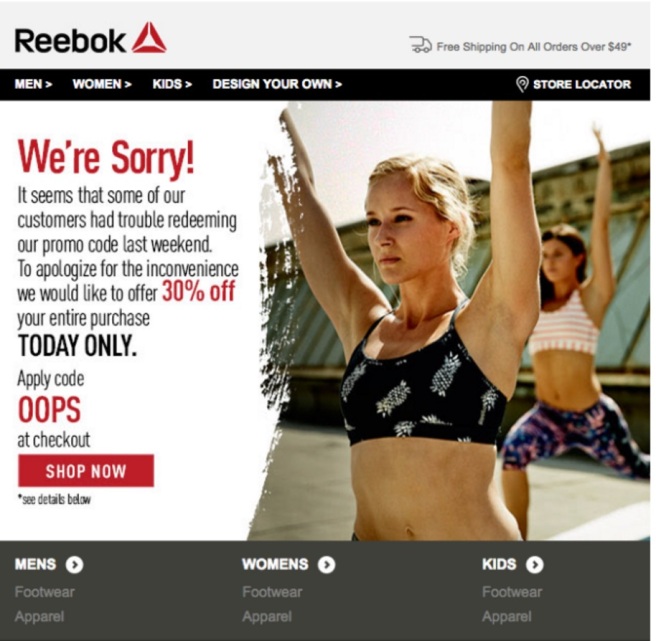 “You may be saying, “I should apologize all the time!” Well, some marketers have started to purposefully include mistakes and apology emails in their communication plan.”
“You may be saying, “I should apologize all the time!” Well, some marketers have started to purposefully include mistakes and apology emails in their communication plan.”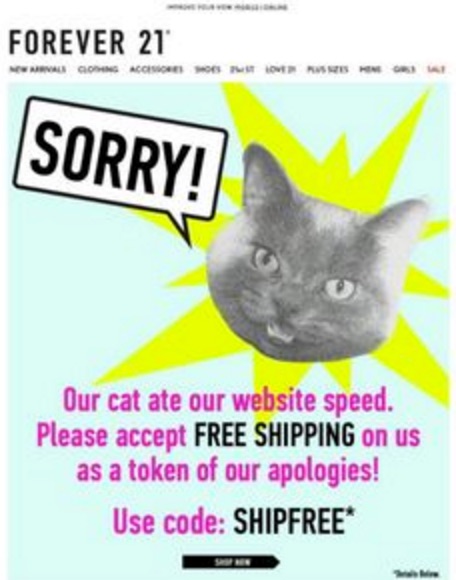
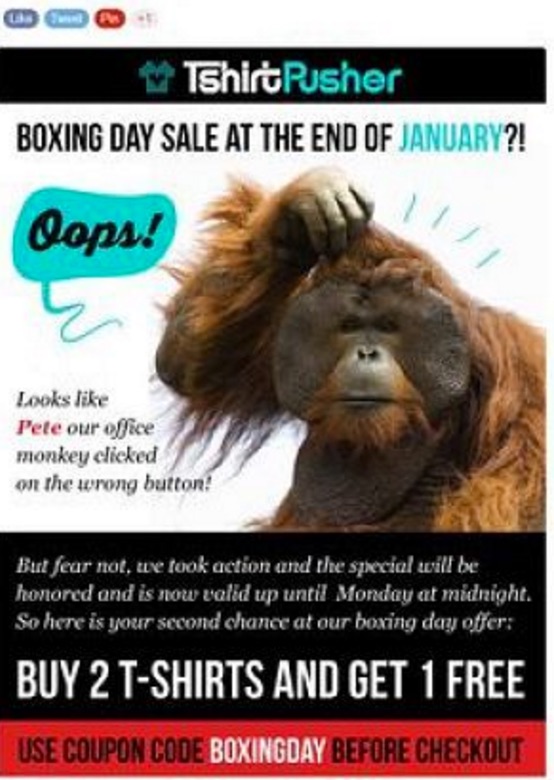






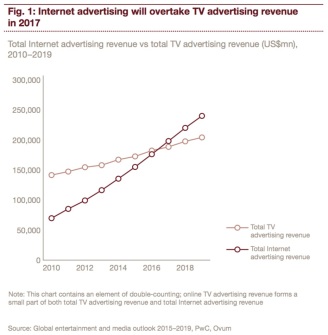 Having access to the internet will be the new norm for advertiser reaching their target audience. Segmentation advertising will be the new norm. From Geography, Demography, Phychographics & Lifestyles can be reached through this medium called the Internet.
Having access to the internet will be the new norm for advertiser reaching their target audience. Segmentation advertising will be the new norm. From Geography, Demography, Phychographics & Lifestyles can be reached through this medium called the Internet.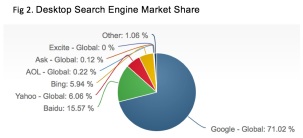 Display advertising is the most common form of advertising on the internet and is commonly used by marketers. Having around 40% of the advertising revenue, display advertising is the key to reaching target customers. The other forms of internet advertising are important but they don’t have the market penetration, see Fig3.
Display advertising is the most common form of advertising on the internet and is commonly used by marketers. Having around 40% of the advertising revenue, display advertising is the key to reaching target customers. The other forms of internet advertising are important but they don’t have the market penetration, see Fig3.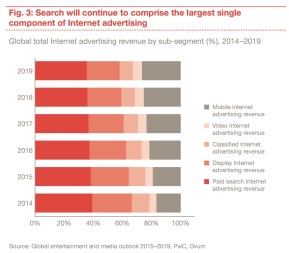 Overall, marketing strategies will find a way to reach their target audience even when they unplug from their TV’s.
Overall, marketing strategies will find a way to reach their target audience even when they unplug from their TV’s.